Bikepacking is one of the fastest-growing sub-disciplines of mountain biking, and along with this boom in ultra long distance riding and a survivalist ethos has come a corresponding revolution in mountain bikes and associated gear. While bikepacking-specific bikes are one spin-off, perhaps the most important is the advent–and the extreme progression–of frame bags.

In short, frame bags are bags that attach to your bike. In the past “bags on your bike” referred to panniers, hung from the bike on either side of the wheel, both back and front, if desired, via a rack system. The problem is, not only is such a setup heavy, but it’s not conducive to mountain biking, with mud buildup around the tire, active suspension, and the way the weight is distributed. Instead, modern frame bags work to position the weight on the frame in the most efficient way possible, while still promoting excellent bike handling.
While the most obvious application for frame bags is long-distance bikepacking, I became intrigued by the idea of using frame bags for normal, everyday riding. I started to notice bags popping up on my friends’ bikes, for sale in my local bike shop, and advocated for in this article by Alex Bowling. Prompted by some nagging physical issues, I decided to take the plunge and invest in some bags to try getting as much weight as possible off my back, and onto the bike.
Oveja Negra Threadworks
I’d heard rumors that a kick ass frame bag company had started in my hometown of Salida, so I decided to drop by and see what they thought about putting a bag setup on my 6-inch-travel GT Force. The folks at Absolute Bikes pointed me in the right direction, and I tracked down Oveja Negra Threadworks in their brand-new storefront, located on 1st Street in downtown Salida. When I first walked in, I could tell that they had just moved into this space, but they were already hard at work cranking out more bags, trying to keep up with the ever-increasing demand.


After chatting with Lane and Monty Willson, husband and wife power duo and co-owners and founders of Oveja Negra, I got the scoop on Oveja Negra and frame bags in general.
They’ve been in business for three years now, but had just moved Oveja Negra out of their home and into the new storefront. The Willsons had purchased the location for a steal, with Monty subsequently investing months of work, completely gutting and rennovating the space himself. After moving into their new building, Lane and Monty have hired on a couple employees to keep up with the increasing demand.
While Oveja Negra does build custom frame bags, the bulk of their business is actually from selling stock bags. They produce quantities of specific bag styles and sizes that they sell via their own website, and distribute to bike shops around the world at wholesale prices.

I wasn’t sure exactly what direction to take my personal frame bag setup, so I wheeled my rig right into the store, and they were more than happy to talk through my options with me. We tried to fit a stock main triangle bag into my GT, but it wasn’t an ideal situation. So, Monty busted out the paper and permanent markers, traced out my frame and what he was envisioning for a bag (both to maximize the space and still allow access to the rear shock), and decided to start building out a custom bag for my frame. In addition, they highly recommended one of their “Snack Pack” bags–their best-selling product–which rests on the top tube, right behind the steerer and stem.
After a two-week wait for my custom bag (as of the time of this writing, wait time is still two weeks for custom work), I dropped back by the shop, installed the bags on my frame, and I was off!

My Project: Getting the Weight Off My Back
My main goal with these frame bags was to get as much of the heavy gear and supplies off my back as possible. In order to accomplish this task, I had to winnow down the amount of gear I was carrying, in addition to using this frame bag setup. Despite dialing in my kit and eliminating unnecessary equipment, I didn’t want to sacrifice safety or preparedness when riding in the backcountry. While I have not yet embarked on a multi-day backpacking trip, I was trying to build a setup that would function perfectly well for all-day rides–even if things went sideways.

After some serious work eliminating unnecessary gear, here’s what I now carry in my frame bags:
Main Triangle Bag:
- 2 liters of water in a reservoir, in the main compartment. I utilize the velcro hydration port access in the very top of the bag to route the hose up to my handlebars.
- Small multitool (smaller than I was carrying), tire levers, mini hand pump (I purchased a new pump, the smallest I could find), and water treatment chemicals, also in the main compartment.
- Map, iPhone charging cable (depending on the length of ride), and key to the car, in the map pocket, located on the non-drive side.
Top Tube Snack Pack:
- Small emergency supplies: cigarette lighter, chamois butt’r singles, zip ties, power links.
- 4 granola bars
- iPhone
- External iPhone battery (depending on length of ride, and difficulty of navigation)
Velcro Strap:
- I’ve strapped a spare tube to my frame, just in front of my seatpost, in lieu of using a seat bag. I found that a seat bag with a dropper post is a no-go. Even when limiting the drop of the post a bit with an enduro collar, my seat bag would still buzz on the rear wheel in full G-out compression. Taller riders with larger frames, or riders on shorter-travel frames, might be able to run a small seat bag with a dropper post with no issue.
Other Adjustments to Gear:
In addition to the gear that I’ve moved to my frame bags, I had to modify other key elements of my kit in order to shed the hydration pack altogether. Since I already favor wearing a classic 3-pocket jersey, I was able to move some other lighter weight gear to those pockets:
- I had to find a different rain jacket, as my previous jacket was not packable whatsoever, and would definitely require a backpack to carry it. I got in touch with Endura, and have been using the ultra-packable MTR Emergency Shell. I can easily stuff it in one of my jersey pockets, and I hardly notice that it’s there. Stay tuned for a review.
- While two liters of water is enough for many rides, for backcountry escapades I like to have close to three liters. Instead of stuffing a bulky water bottle in a jersey pocket (which I’ve done in the past on the road bike), I dropped 20 bucks on a 750ml collapsible Soft Flask from Hydrapak, to maintain my standard amount of water. Not only does this easily fit in a jersey pocket, but it’s lighter than a standard water bottle, conforms to my back, and when empty, it collapses down into nothing. (Note: for moderate-length rides on familiar terrain, I eliminate the Soft Flask and just use the reservoir. For rides less than one hour, I eliminate the reservoir, and just use the Soft Flask–either in my jersey pocket, or by stuffing it in my frame bag.)
- I also got in touch with Garmin, and have been using a Fenix 3 on my wrist to log my rides (stay tuned for a review). In the past, I always had to carry an external battery for my phone for extended Strava use. Now, while I sometimes carry a battery just in case, I generally don’t need to.
- My final jersey pocket can often be left empty, or be used to haul a pair of arm warmers or knee warmers, in the event of cooler weather. In general, if there’s anything else that I need to haul in addition to my normal kit (such as extra food for long efforts, a headlamp in case it might get dark, etc.), it goes in the third pocket. (Note: if I begin riding in daylight and anticipate riding into the dark, I mount a light to my handlebar, and put the battery in the Snack Pack, moving some of the food to my jersey pockets. In general, if I’m beginning a ride after dark, I run a helmet-mounted light, with the battery in my jersey pocket.)
- Unfortunately, I have not found a way to haul my DSLR without a backpack when I’m on assignment. However, if the only things I need to haul in a backpack are the big camera plus the items normally in my jersey pockets, mentioned above, I can use a smaller, lighter pack than I could before, and the overall weight on my back is still drastically reduced from my previous setup.
As you can see, frame bags are generally only the first part of the equation. Using a frame bag setup allowed me to relocate some of my gear, but in order to make the most of it, I needed to determine exactly what I did and did not need to carry–and how to minimize the bulk and the weight of those necessary items.
At first, it seemed a bit unfortunate that almost the entire main triangle bag was dominated by two liters of water–I could have fit so much other gear in there! However, my goal was to get as much weight as possible off my back, and water is easily the heaviest thing that I carry. So, into the bag it went!
After taking the time to acquire key gear items to make my kit fully effective, I’ve been able to hit the trail, sans backpack, for epic-length single-day adventures, with zero hesitation!
Weight Savings and Redistribution
So, exactly how much weight got moved off my back and to the frame? Here’s the break down.
I estimate that, by making the changes mentioned to my kit above, and by eliminating unnecessary gear that I was hauling with me, I dropped 4-5 pounds of gear right there. On some rides, I’ve easily dropped 5 pounds, so I’m going to round up.
In addition, my previous backpack weighed 800g, and my total frame bag setup weighs a scant 310g (110g for the snackpack, and 200g for the custom frame bag). That reduces my overall weight by another 490g / 1.08lbs, meaning that I’m now hauling around about 6 less pounds of gear than I was before (when not carrying camera gear).
I busted out the gram counting machine to accurately measure how much weight I’m hauling with me. On the average ride, I carry:
- 370g in the Snack Pack
- 230g: spare tube + velcro
- 420g of dry weight in the main frame bag
- 1980g of wet weight (water + reservoir) in the main frame bag.
- 160g of dry weight in jersey pocket (rain jacket)
- 810g of wet weight in jersey pocket (water + soft flask)
Since I still haul both the Soft Falsk and the rain jacket in my jersey pockets, 970g / 2.13lbs remains on my back. I’ve moved 4,280g / 9.43lbs of cargo + bags to my frame. Bearing in mind the ~6 pounds of weight that I’ve totally eliminated from my setup, I successfully reduced the weight on my back by 15.5 pounds, from 17 pounds down to 2!
Click here to keep reading Part 2: Out on the Trail, and Ride Quality.





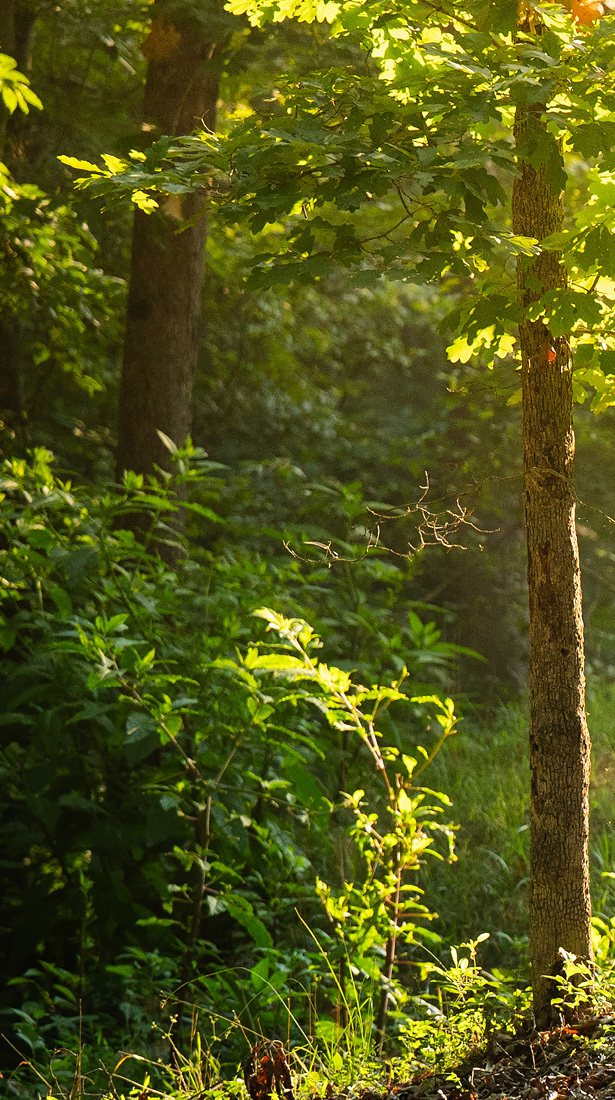
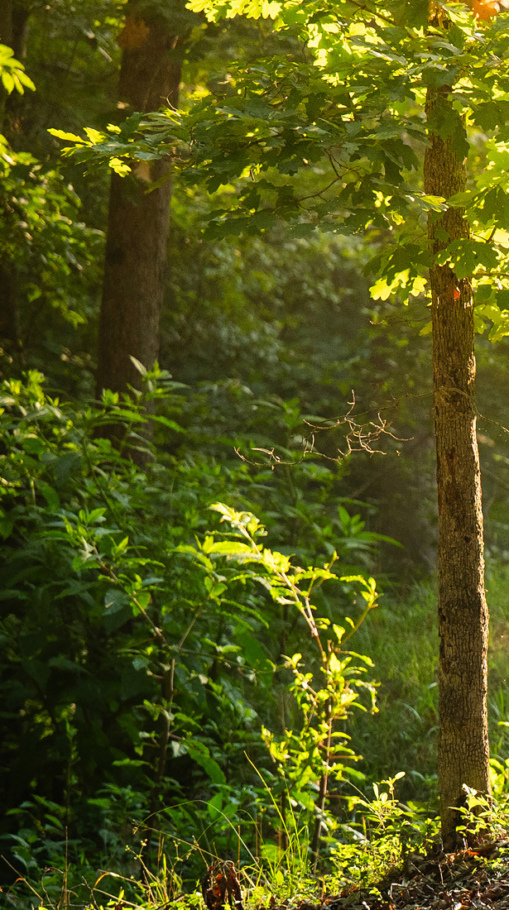

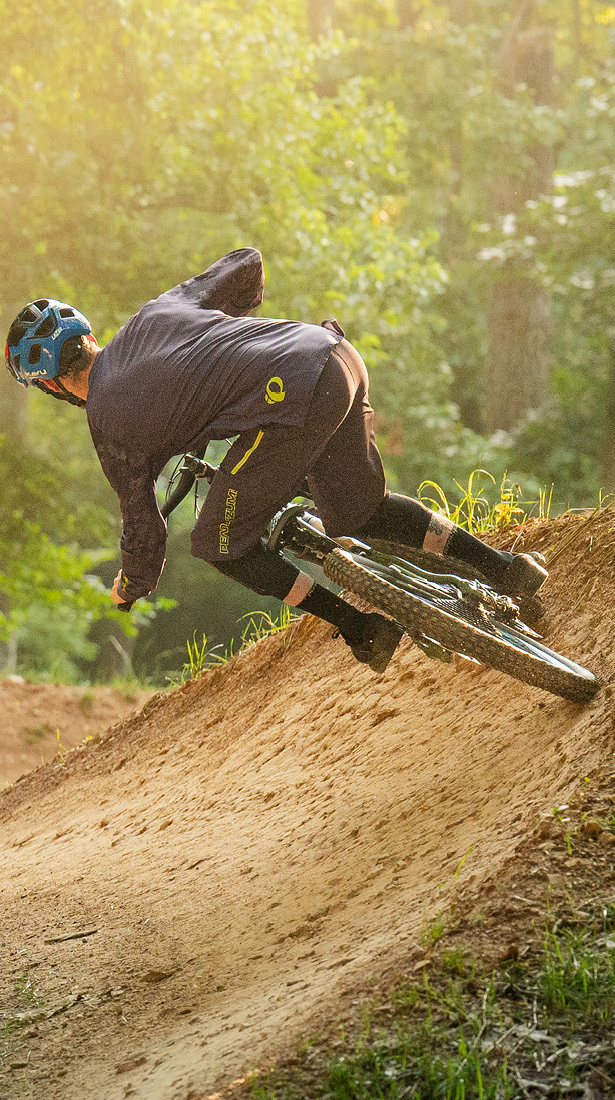
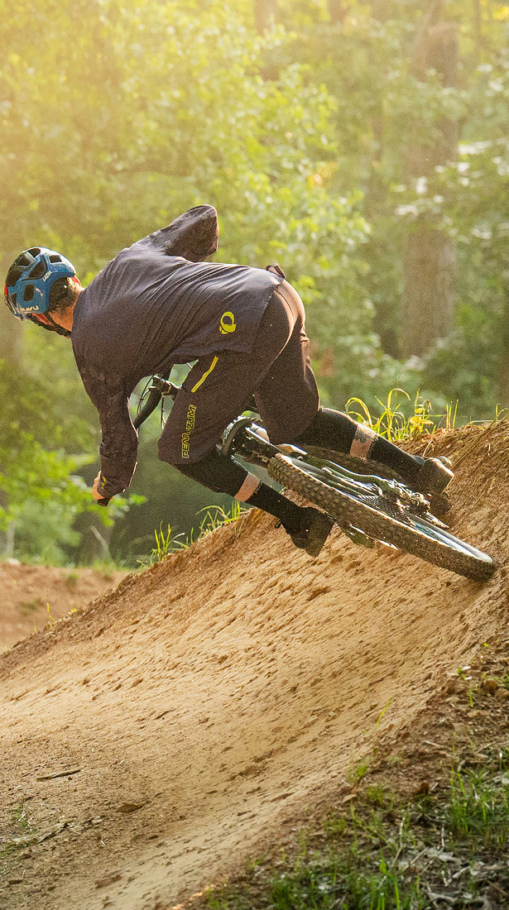
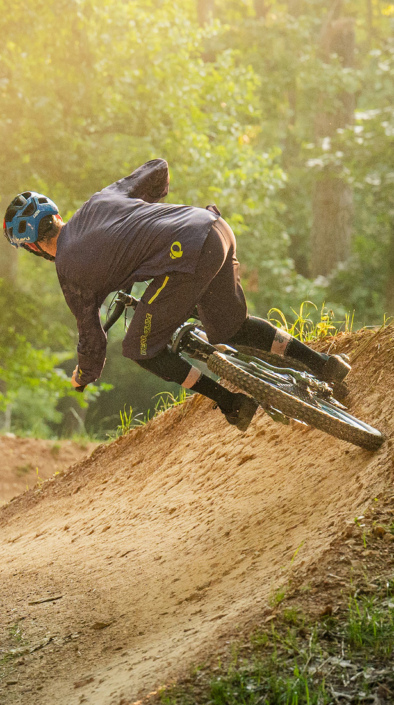





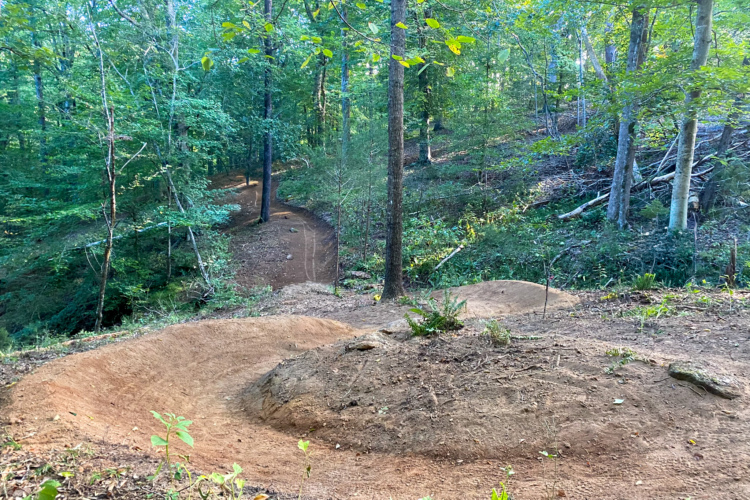
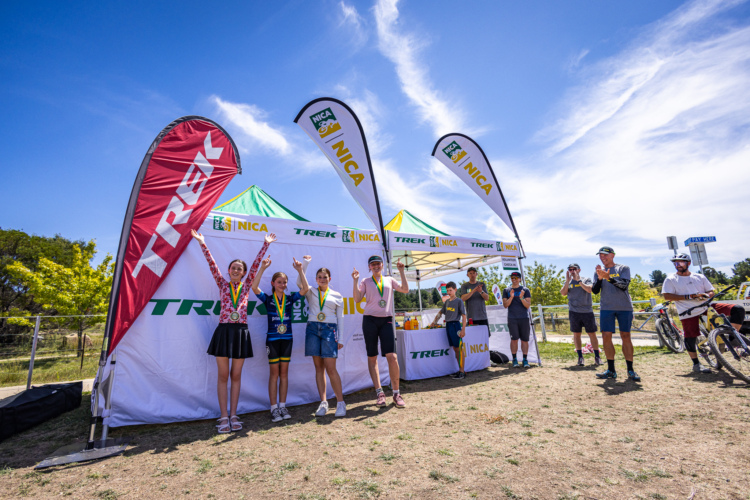
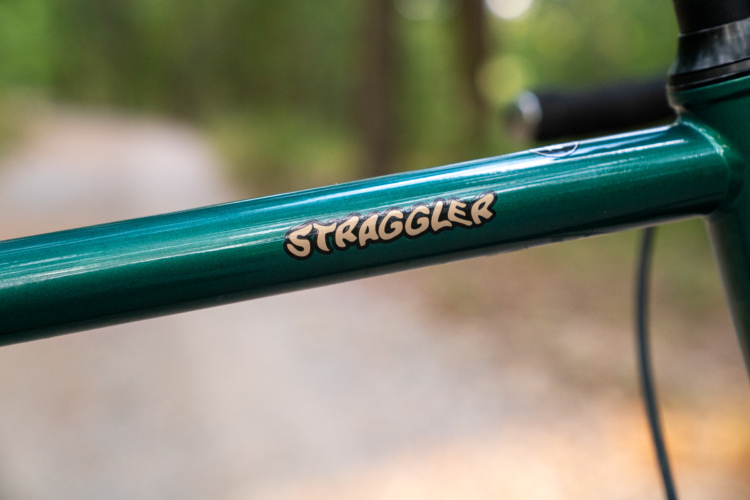
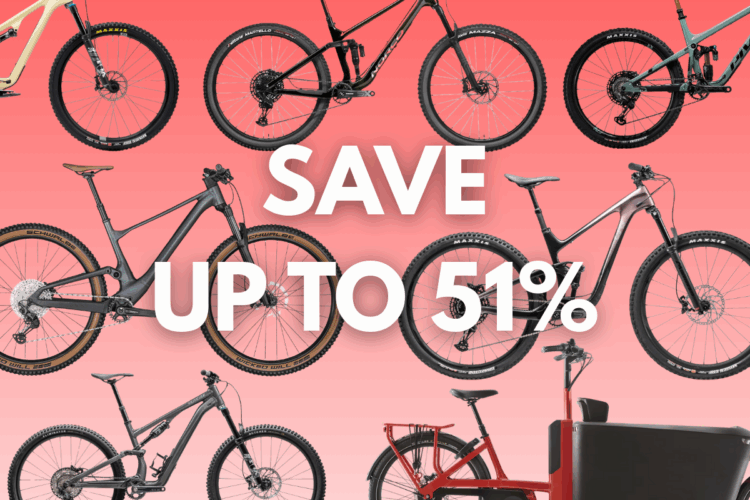

4 Comments
Feb 3, 2016
What bladder do you use and do you just stuff it inside the frame bag with other stuff or is there some dividers or attachments for the bladder?
One thing you didn't talk about at all that interests me still is if stuff annoyingly bounces around, especially after you have emptied your water bladder?
I have a Pivot Mach 6 so there is very little room for frame bags, only two very small ones. How ever I'm planning to try it. The bags are not a problem since I could try and make those myself, but to find a bladder that fits is going to be harder.
Feb 3, 2016
These are great questions! I'm currently using a 2-liter hydration bladder from Hydrapak, but honestly it doesn't fit very well into my frame and I'm not very happy with the reservoir. I'm interested to see if I can find one with a shape that will fit my frame better... I have some experimenting to do. Maybe one of the hip-style reservoirs that Camelbak is making now?
I do stuff a few things in with the reservoir but TBH, there's not much room left. I'm lucky if I can fit a mini pump and a multitool in there.
However, even after draining the water, I've had no issue with stuff bouncing around. However, I have found that if I do drain all the water out of my frame bag, I tend to move stuff from my jersey pockets to the frame (water bottle, rain jacket, etc.) to further move gear off my back.
Hope this helps!
Feb 4, 2016
Feb 4, 2016
For my frame with very limited space I was looking at something like this http://www.cascadedesigns.com/ie/platypus/hydration-systems/hoser/product
Of course, this kind of reservoir has it's shortcomings, but I can not fit anything with the wide hard plastic closure bladders normally have.
Would be nice to read about your future findings and upgrades.
Your article and answer made me assured I'm onto something that will enhance my biking experience. Cheers!